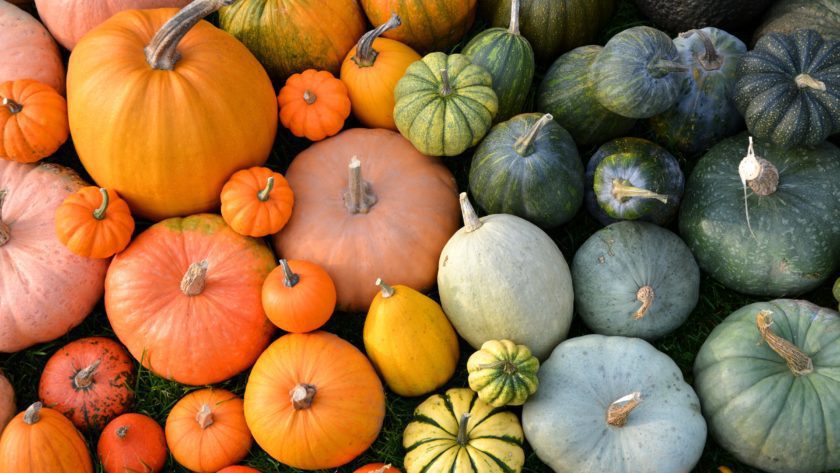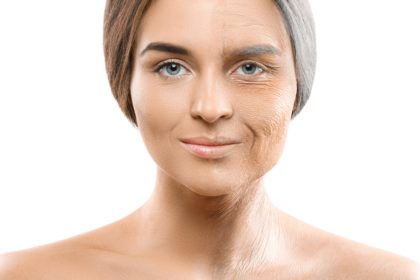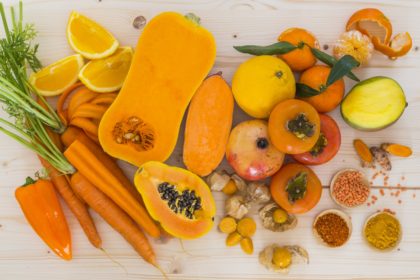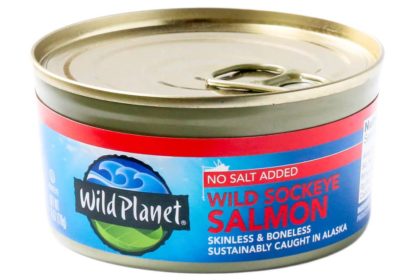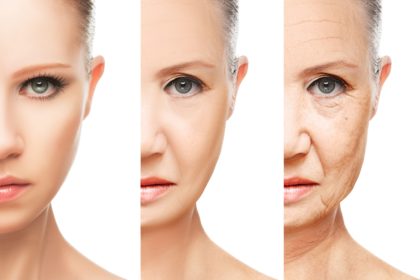Sunday was Halloween — and with the abundance of jack-o’-lanterns and pumpkin patch attractions, it’s pretty evident that pumpkins are officially in season. Other than carving up your favorite pumpkin, here are some healthy ways to eat America’s beloved fall vegetable.
What’s to Love About Pumpkin
Pumpkins are packed with anti-aging nutrition and are a versatile vegetable — you can cook it, soup it, bake it, sweeten it, or just eat their seeds! Pumpkin for breakfast? Lunch? Dinner? Yes, yes, and yes!
What Makes Pumpkin a “Fountain-of-Youth Food”
Pumpkin contains vitamins, minerals, and antioxidants that are essential for firm, youthful and healthy skin.
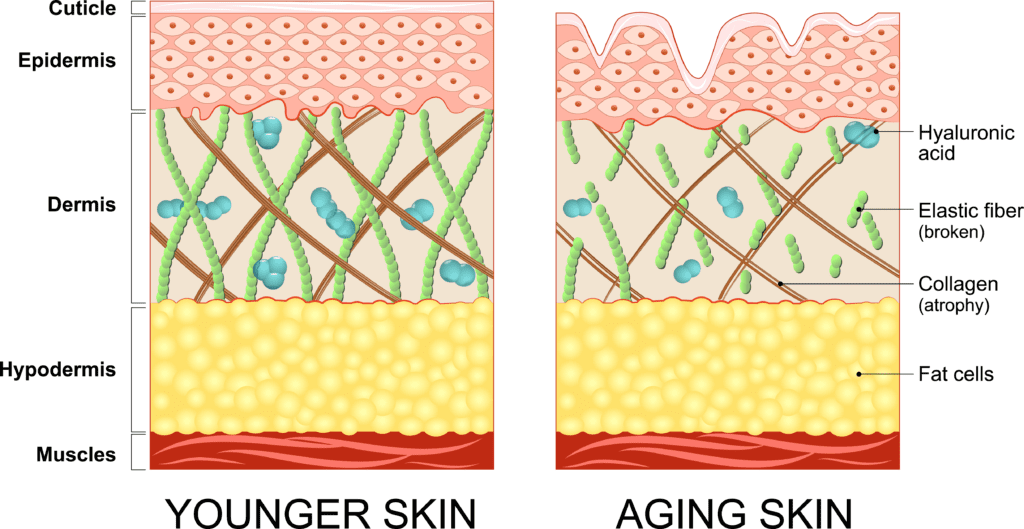
Here’s what’s good about pumpkin:
- Vitamin A
- Rebuilds body tissues
- Helps control sebum (oil) productions that lubricates the skin
- Destroys free radicals* that attack the skin’s elastin and collagen (the vital components of youthful firm skin)
Symptom of vitamin A deficiency: Dry, scaly skin
*Free radicals are the by-products of normal metabolic processing. They’re unstable atoms that can damage cells, causing illness and aging. The production of free radicals is accelerated by environmental toxins, such as smoke, pollution, pesticides, and radiation.
2. Vitamin E
- Promotes vitamin A absorption
- Increases the flow of oxygen to the skin, which speeds healing
3. Omega-3 Fatty Acids
- Keep the skin moist and resilient
Ways to Enjoy Pumpkin
- BEVERAGE: Pineapple Pumpkin Smoothie — To make fruit smoothies a healthy “meal in a glass”, be sure to make it a balanced beverage by adding a vegetable (from leafy greens to pumpkin), protein (e.g., tofu*, yogurt, soy milk), and healthy fat (chia seeds, hemp hearts, or ground flaxseed). These components will help keep you satisfied longer.
Karen’s Fit Tip: Protein-rich foods (like beans, chia seeds, lentils, quinoa, soy milk, soy nuts, tempeh, tofu) help your body make its own collagen. This process requires vitamin C. One cup of pineapple has more than 100% of your daily value of cell-protecting, collagen-making vitamin C.

*When I made this for my whole food, plant-based class, they really liked it and were surprised to find out that it contained tofu!
- BREAKFAST: Pumpkin Nut Belgian Waffles or Pancakes — Chopped walnuts add a healthy dose of heart healthy omega-3’s to whole grain waffles. Instead of syrup, top waffles with a naturally sweet, cooked spiced apples. (This antioxidant-rich topping is delicious over yogurt and muesli, pumpkin pancakes, and ice cream too!)
- SNACK: Pumpkin bars/muffins — Puréed pumpkin makes these snacks super moist as well as nutritious.
- SOUP: Roasted Kabocha and Apple Soup — Kabocha (Japanese pumpkin) has a fluffy texture a sweet flavor. Sprinkle with pepitas (a good source of omega-3s). Kabocha is sweeter than butternut squash that tastes like sweet potato mixed with pumpkin.
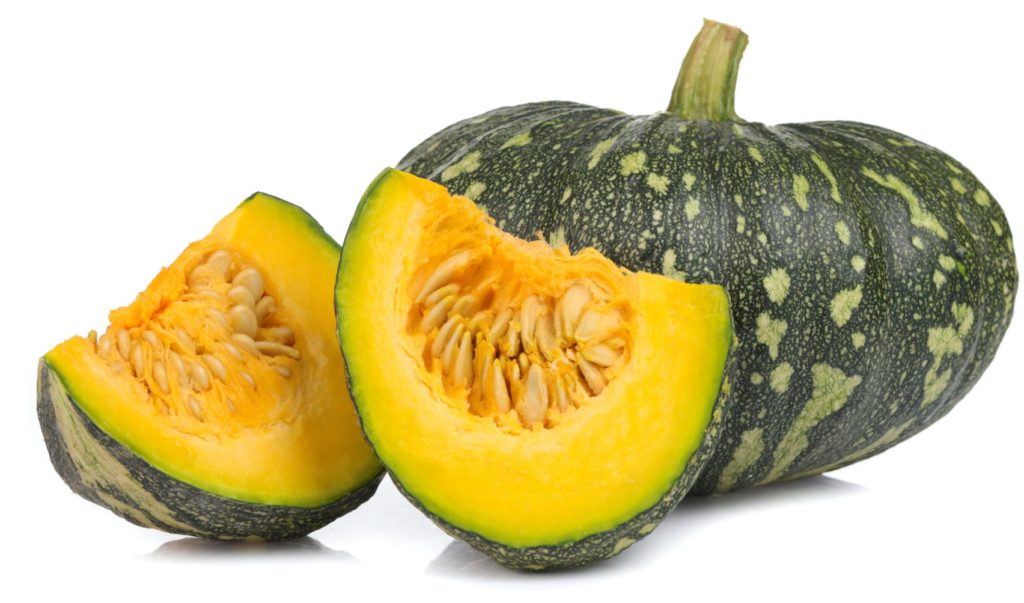
Kabocha (Japanese pumpkin)
- ENTREE: Pumpkin Marinara over spaghetti squash — Super easy to make and super rich in skin-loving ingredients: pumpkin and tomato purée!
- DESSERT: Pumpkin Bark — Handmade extreme dark chocolate with roasted pepitas and almonds.
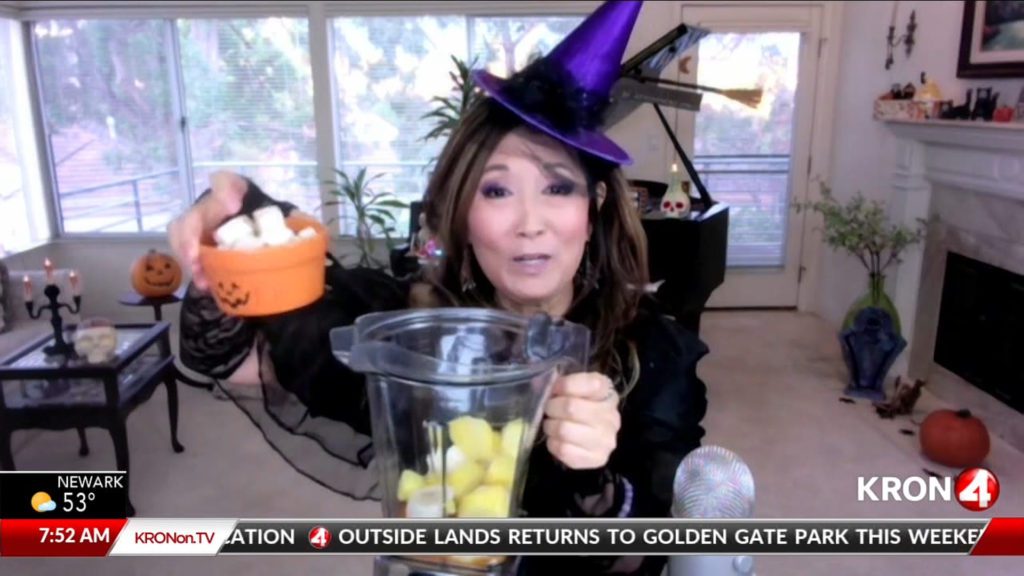
![]() Karen’s Fit Tip: After the Halloween festivities are over, don’t forget about pumpkins until Thanksgiving (pumpkin pie). Eat them at any meal throughout the year, both fresh and frozen, and enjoy their skin healthy benefits!
Karen’s Fit Tip: After the Halloween festivities are over, don’t forget about pumpkins until Thanksgiving (pumpkin pie). Eat them at any meal throughout the year, both fresh and frozen, and enjoy their skin healthy benefits!

